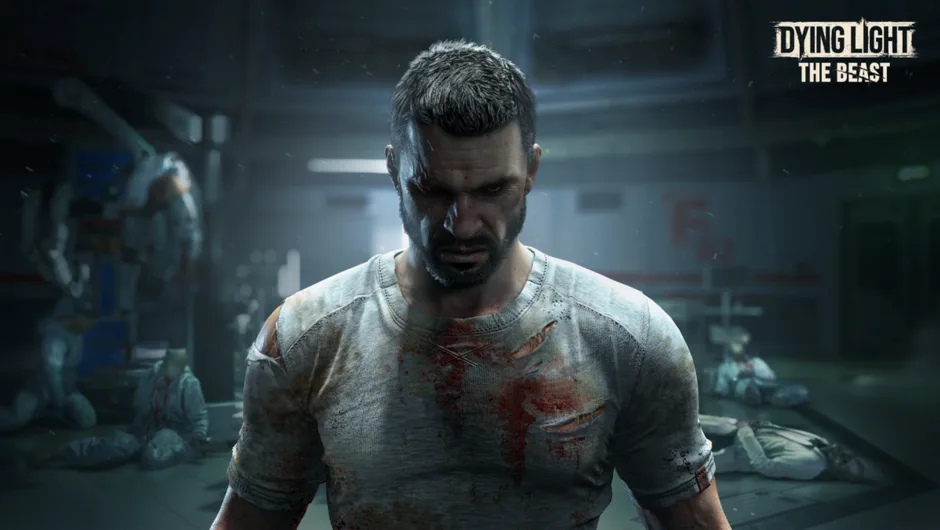
Dying Light: The Beast PC Performance Review
Originally envisioned as a downloadable content (DLC) expansion for Dying Light 2: Staying Human, Dying Light: The Beast has evolved into a standalone game, featuring a more linear structure compared to its predecessors. Developed by Techland, the game leverages an upgraded version of its proprietary C-Engine, which has been significantly enhanced since its debut in Dying Light 2.
With Techland announcing demanding system requirements and collaborating with Nvidia to incorporate RTX and DLSS technologies, concerns arose regarding the game’s performance on PC. However, after extensive testing across various hardware configurations, I can confirm that Dying Light: The Beast maintains solid performance even at lower frame rates, particularly at 1080p and 1440p resolutions. The game embraces upscaling, ensuring that modern gaming PCs can achieve respectable frame rates.
Interestingly, at the time of this review, ray tracing options are mysteriously absent from the settings menu. Although it was present in an earlier build, a patch that addressed bugs led to its removal. Techland has assured players that ray tracing will be reinstated in a future patch, though its timing relative to the global release remains uncertain.
Understanding System Requirements
While Techland lists a minimum CPU requirement of a Core i5 13400F or Ryzen 7 5800F, my testing suggests that players can manage with older CPUs. However, a modern GPU is essential, and while the minimum VRAM requirement is stated as 6 GB, practical tests indicate that 8 GB is advisable for optimal performance.
Test PC Specifications
- Asus ROG Ally, 15 W mode
- Acer Nitro V 15 (Gaming mode), Ryzen 7 7735HS, RTX 4050 Laptop (75 W), 16 GB DDR5-4800
- Core i7 9700K (65 W), 16 GB DDR4-3200, Radeon RX 5700 XT
- Ryzen 5 5600X (65 W), 16 GB DDR4-3200, Radeon RX 6750 XT
- Ryzen 7 5700X3D (105 W), 32 GB DDR4-3200, GeForce RTX 5070
- Core i5 13600K (125 W), 32 GB DDR5-6400, Radeon RX 7900 XT
- Core Ultra 7 265K (250 W, 200S Boost), 48 GB DDR5-8000, GeForce RTX 4080 Super
- CyberPowerPC/MSI, Ryzen 7 9800X3D (120 W), 32 GB DDR5-6000, GeForce RTX 5090
Monitors used: Acer Nitro XV282K KV / MSI MPG 321URX
Operating System: Windows 11 24H2
Drivers: Adrenalin 25.9.1 / GeForce Game Ready 581.29
Performance Benchmarks
To evaluate performance, I conducted benchmarks in an early game location for consistency, considering the dynamic weather system and day-night cycle. Dying Light: The Beast features four graphical quality presets, with a fifth initially available but currently absent due to ray tracing removal.
Very Low Quality Preset
Starting with the Very Low preset, visual fidelity remains surprisingly high. For instance, my aging Core i7 9700K with a Radeon RX 5700 XT achieves nearly 60 fps at 1080p. Notably, I disabled temporal anti-aliasing upscaling for these tests, providing a clearer comparison across presets.
Low Quality Preset
Switching to the Low preset yields minimal visual changes, primarily affecting texture and shadow quality. Performance remains commendable, but it’s crucial to note the significant impact of frame resolution on performance. For example, the Ryzen 5 5600X rig drops from an average of 78 fps at 1080p Very Low to 61 fps at High, a 22% decrease.
Medium Quality Preset
The Medium preset enhances lighting and shadow effects, with differences becoming evident in low sun conditions. However, the aggressive level of detail (LOD) scaling may distract players due to sudden appearance of elements in the game world.
High Quality Preset
On the High preset, Dying Light: The Beast excels visually. An advanced settings panel allows players to adjust the draw distance multiplier, significantly enhancing distant vistas. Performance remains stable even below 40 fps, suggesting Techland aimed for consistent gameplay across platforms.
Upscaling Performance
The game’s reliance on resolution for rendering means that upscaling technologies can substantially enhance frame rates. Here’s how various upscaling methods performed:
FSR Performance Upscaling
On the Asus ROG Ally, even FSR Performance upscaling fell short of achieving 30 fps at Very Low settings, leading to a subpar gameplay experience.
DLSS Quality Upscaling
Conversely, on the RTX 4050 laptop, DLSS Quality upscaling improved performance significantly, though stutters remained with certain settings. Applying DLSS Balanced or Performance eliminated these stutters and enhanced playability.
FSR and DLSS Combination
Utilizing AMD’s FSR 3.1.5 alongside frame generation on a Radeon RX 7900 XT yielded great results, with improved performance and minimal blurring. In contrast, Nvidia’s DLSS 4, including Multi Frame Generation, while effective, exhibited lower 1% low frame rates, indicating a need for further optimization.
CPU Utilization
Initial benchmarks focused on CPU performance revealed that even older processors like the Core i7 9700K handle the game well, primarily due to GPU limitations. High thread activity was observed, but overall CPU utilization remained manageable.
Final Thoughts
While the absence of full graphical options is disappointing, Techland has delivered a visually appealing game with solid performance. The need for ray tracing is debatable; higher-resolution textures and adjustments to overbearing visual effects would be more beneficial than ray tracing for most players. Overall, Dying Light: The Beast performs admirably, providing a smooth gaming experience with minimal crashes or stuttering, allowing players to focus on the engaging gameplay of zombie survival.



